Home > Climate News >
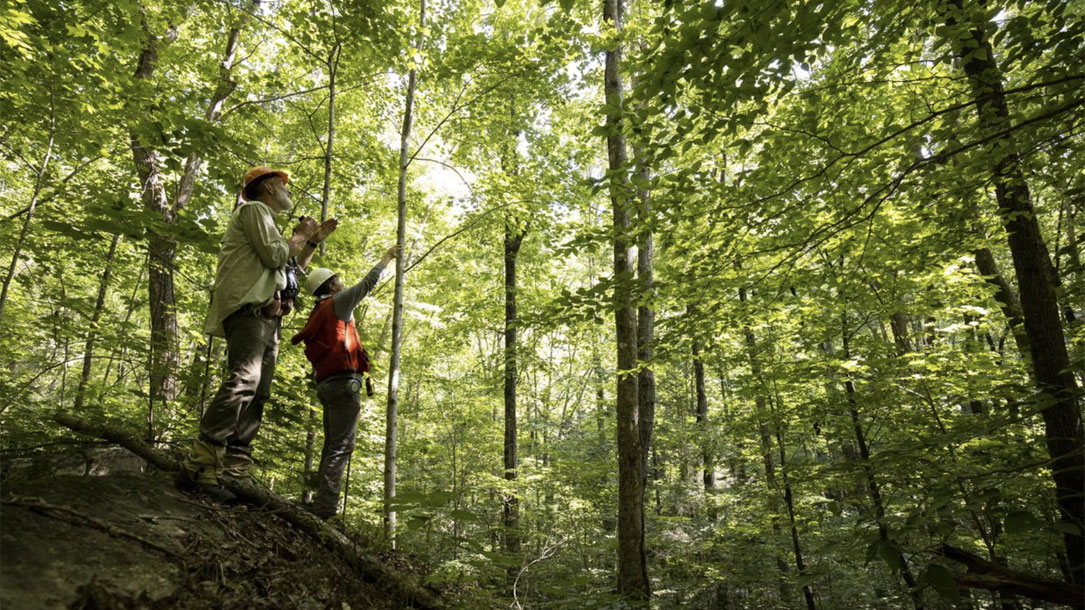
Preserving trees becomes big business, driven by emissions rules
Finite Carbon is North America’s leading developer and supplier of forest carbon offsets.
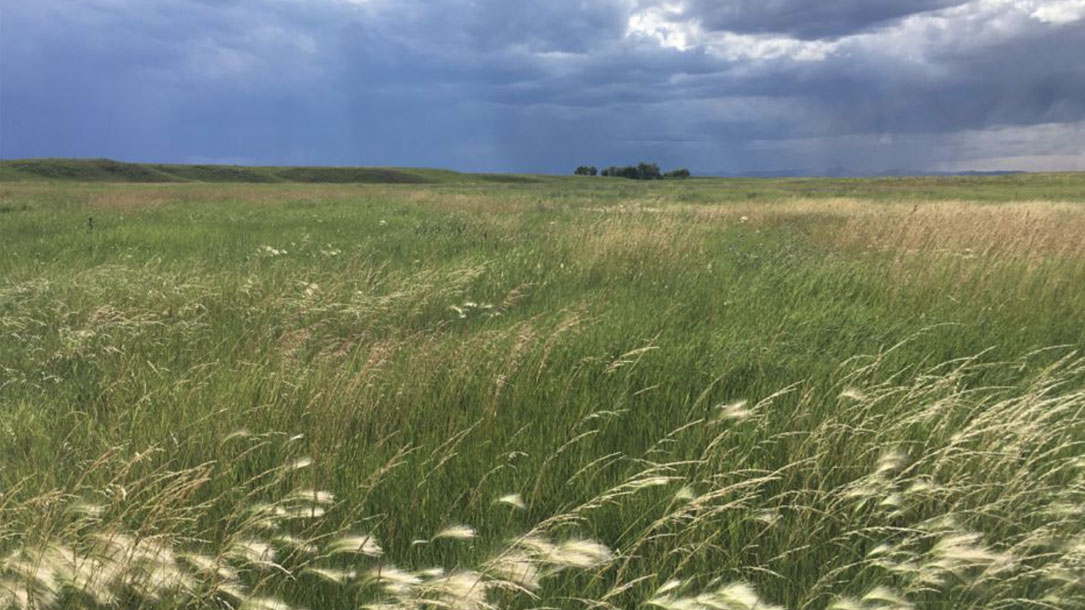
Carbon markets program puts more nonprofits on path to increase land conservation
The Land Trust Alliance is partnering with carbon offset project developers Finite Carbon and The Climate Trust. Finite Carbon is working with the Alliance to help land trusts that own forest lands participate in the voluntary carbon market. The Climate Trust will provide cash to help land trusts purchase no-till grassland conservation agreements from farmers and ranchers. This will make the lands eligible for the carbon market.
Not only does this mean additional land preservation, but it will help combat the effects of climate change…
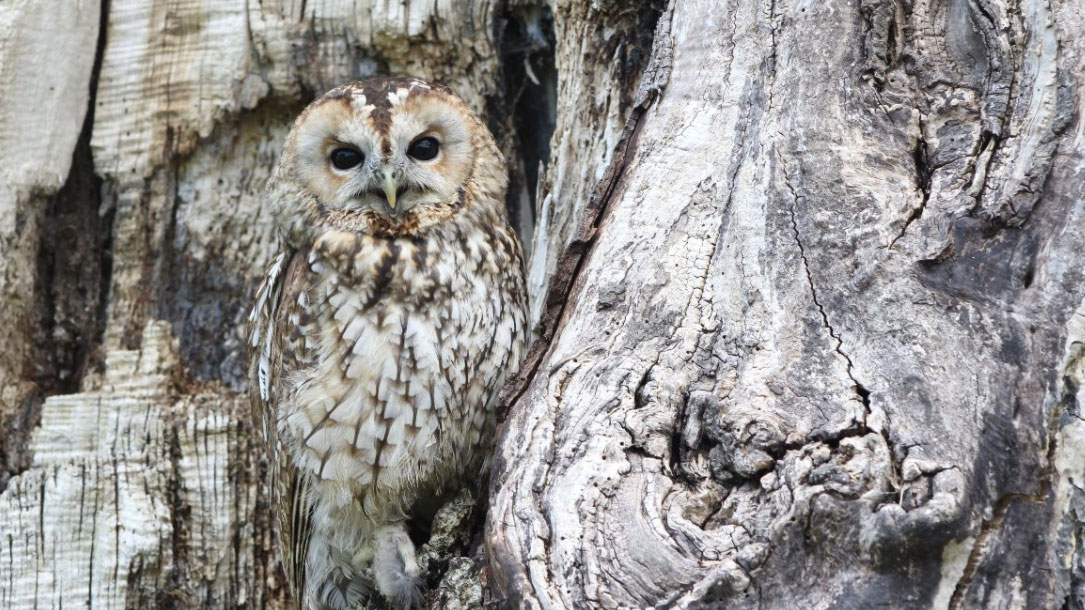
Pyrodiversity promotes avian diversity over the decade following forest fire
In this 2016 paper, UCLA ornithologist Morgan Tingley concluded that “pyrodiversity increases biodiversity.” Between 2009 and 2014 he led bird surveys across 465,000 acres of burned conifer forest in California’s Sierra Nevada and Southern Cascade mountains. The data showed that in the decade following wildfire, areas that experienced different burn severities developed into unique habitats, each with its own bird community.
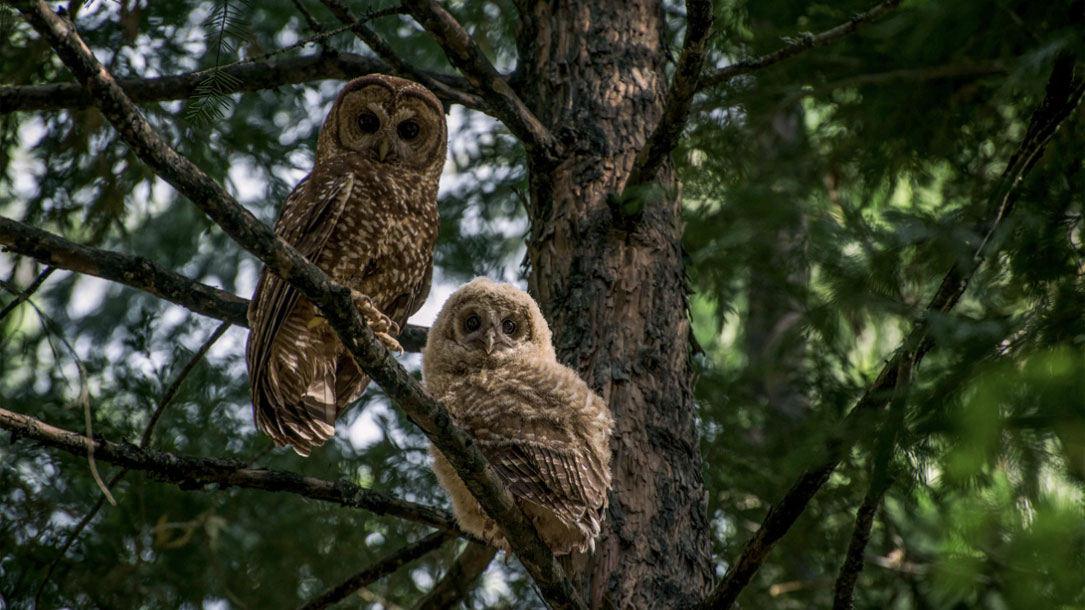
Recent ‘megafires’ imperil even fire-loving forest birds
Many birds, such as owls and woodpeckers, thrive in forest habitats created after fire. But the hotter, bigger, more destructive megafires out West might be too much even for them…
In a 2016 paper, UCLA ornithologist Morgan Tingley concluded that “pyrodiversity increases biodiversity.” Between 2009 and 2014 he led bird surveys across 465,000 acres of burned conifer forest in California’s Sierra Nevada and Southern Cascade mountains. The data showed that in the decade following wildfire, areas that experienced different burn severities developed into unique habitats, each with its own bird community.
But megafires like the King Fire have disrupted this historical cycle. Their relentless intensity often leaves less pyrodiversity. Instead they create larger areas of sheer destruction…

Two major Antarctic glaciers are tearing loose from their restraints, scientists say
“Two Antarctic glaciers that have long kept scientists awake at night are breaking free from the restraints that have hemmed them in, increasing the threat of large-scale sea-level rise.
Located along the coast of the Amundsen Sea in West Antarctica, the enormous Pine Island and Thwaites glaciers already contribute around 5 percent of global sea-level rise. The survival of Thwaites has been deemed so critical that the United States and Britain have launched a targeted multimillion-dollar research mission to the glacier. The loss of the glacier could trigger the broader collapse of the West Antarctic ice sheet, which contains enough ice to eventually raise seas by about 10 feet…”
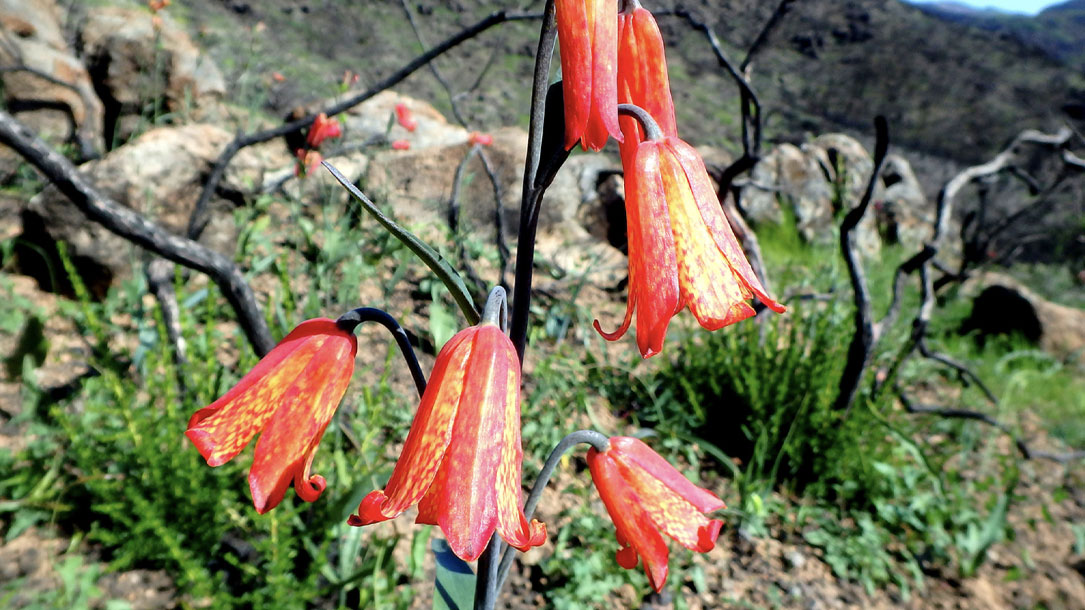
Wildfire: The road to recovery
Facing historic grief, loss, and destruction in most of the West, this land trust faces reality and is here to help:
“As we continue to move forward after the historic wildfires, we want to express our deepest sympathy to everyone impacted by the fires here and in Sonoma, Solano, and Mendocino Counties. We are endlessly grateful for the untiring efforts of the first responders, the over 11,000 firefighters [some brought in from all over the country, and as far away as Australia and Canada], the California Highway Patrol, local authorities, and the countless volunteers who worked tirelessly to protect us all. And the response of the Napa community has been truly inspiring.
Our staff continues the process of actively visiting properties to assess short and long term stewardship issues. We have been consulting with experts from a number of other agencies, such as Cal Fire, and have joined the Post Fire Recovery Working Group, which includes the Napa County Resource Conservation District, the Natural Resources Conservation Service, the County, and others who are working to assess the condition of burned areas and determine any steps that could or should be taken.
Lastly, in a proactive effort to share useful information, we’ve collected resource links to webpages and pdfs that could be helpful in the recovery process and have posted them. Our goal of working together as a community remains and with it the hope that we can live up to Napa’s inspired resiliency…”

Evidence for declining forest resilience to wildfires under climate change
Kerry Kemp, a forest ecologist for the Oregon Nature Conservancy, studies forest resiliency, or the ability of forests to come back after wildfire or other major disturbances. For new trees to grow in the forest, living ones must be nearby to act as seed sources. And then once those seeds start growing, they’re more susceptible to drought than established trees. “The resilience of these forests is likely to be lower when there’s a mismatch between the current climate and the climate niche for tree regeneration,” Kemp said. “As the climate changes, a given location may no longer be capable of supporting tree regrowth the way it could when temperatures were lower and weather patterns were different. In some parts of the West, it’s already happening,” she said.

We know climate change set the conditions for Oregon fires. Did it stoke the flames, too?
“Most of the truly unprecedented extreme weather disasters we’ve seen in recent summers throughout the Northern Hemisphere—the floods and heatwaves and droughts. Most of them…have been associated with these resonance [wavy jet stream] events,” [Dr. Michael] Mann said. “And they are getting more frequent because of human-caused planetary warming…”

Climate change puts bees and flowering plants out of sync
Warmer spring temperatures are causing bees to hatch earlier, putting them out of sync with the flowers that they pollinate, a new study shows.
The researchers say the study is the first of its kind to show climate change affecting the sort of relationships between species that have evolved together over millions of years…
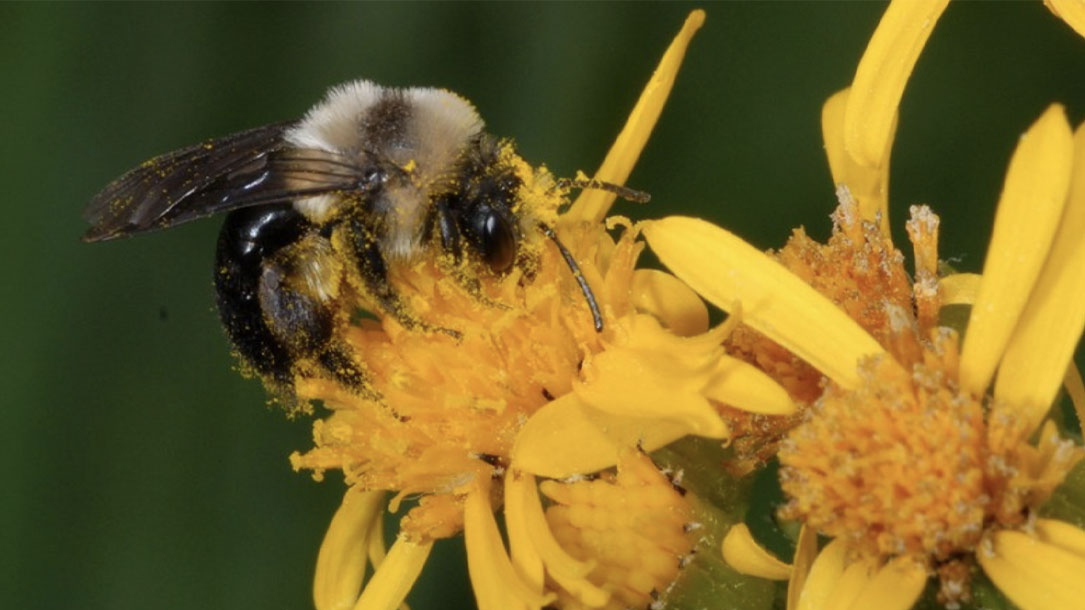
Out of sync: USU ecologists report climate change affecting bee, plant life cycles
Reporting on the first community-wide assessment of 67 bee species of the Colorado Rockies, ecologists Michael Stemkovski of Utah State University and Rebecca Irwin of North Carolina State University say “phenological mismatch,” changing timing of life cycles between bees and flowers, caused by climate change, has the potential to disrupt a mutually beneficial relationship…












